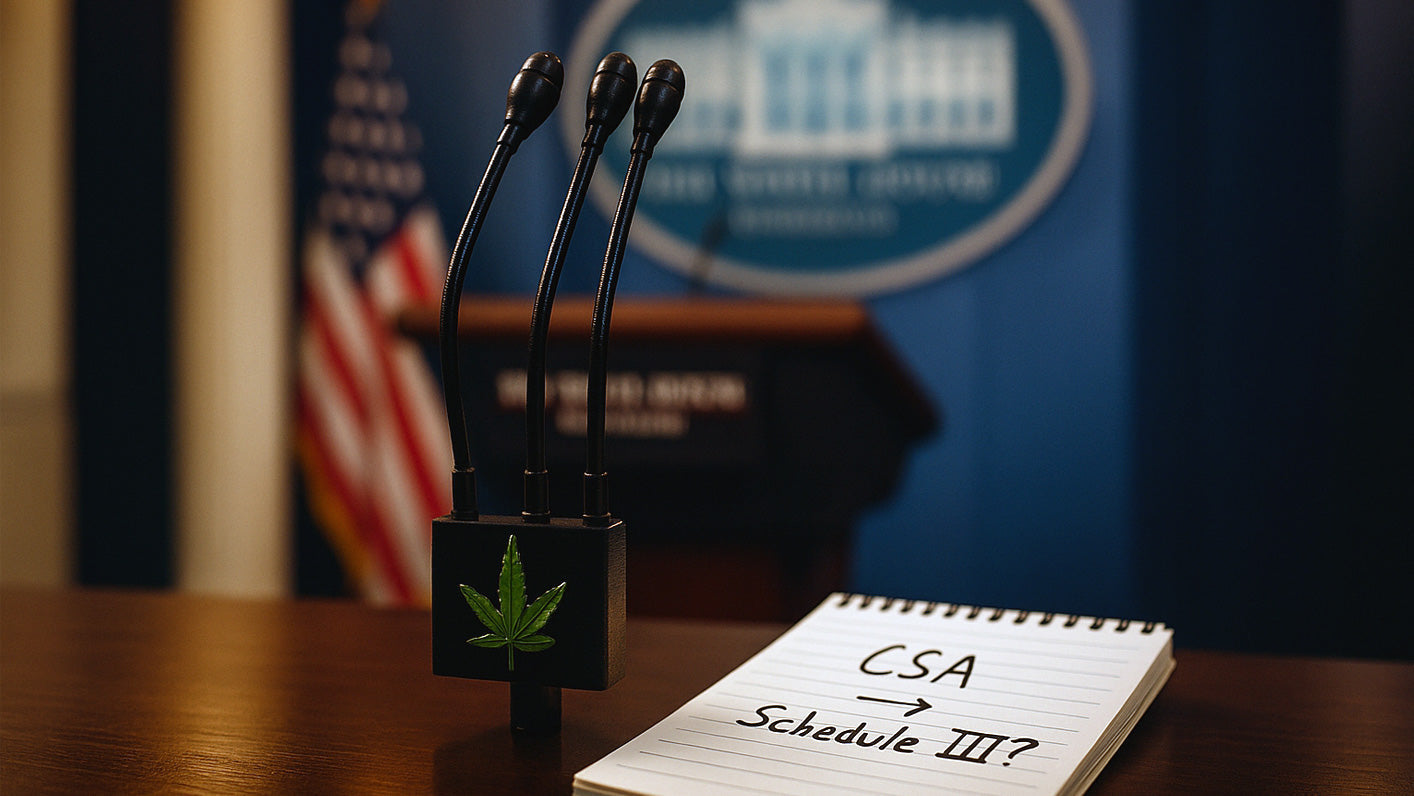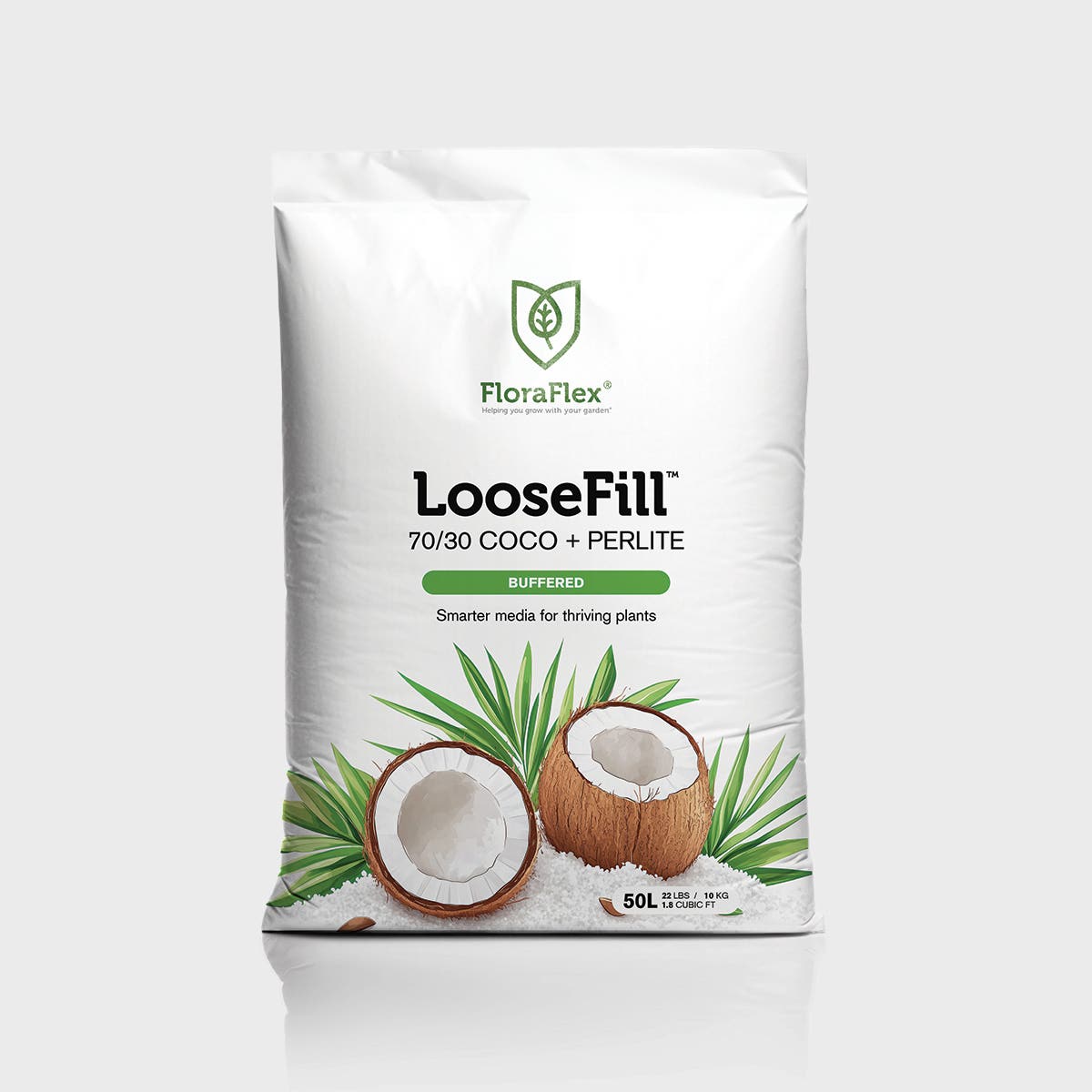On August 11, 2025, President Donald Trump told reporters his administration is “looking at reclassification” of marijuana and will “make a determination over the next few weeks.” The exchange, captured by C-SPAN during a White House press conference, is the clearest on-record indication that a rescheduling decision could arrive on a short timeline.
The headline: a decision window on federal marijuana reclassification
Pressed about reporting that the administration is weighing changes to marijuana’s federal status, Trump called the issue “very complicated,” said he’s heard “great things” about medical use and “bad things” about other uses, and repeated that a determination would come “over the next few weeks.” National outlets and wire services summarized the remarks the same day, underscoring the new timeline.
Where things stood before the press conference
The road to this moment began in 2023, when the U.S. Department of Health and Human Services (HHS) formally recommended moving marijuana from Schedule I to Schedule III of the Controlled Substances Act (CSA) after an FDA-led scientific and medical review. In May 2024, the Department of Justice (DOJ) published a Notice of Proposed Rulemaking (NPRM) to transfer marijuana to Schedule III, opening public comments and setting up potential hearings—standard steps in CSA rulemaking.
What “Schedule I” vs. “Schedule III” means—plainly defined
Under the CSA’s five schedules, Schedule I substances are deemed to have no currently accepted medical use and a high abuse potential; marijuana has been listed there since 1970. Schedule III substances have accepted medical use and a lower abuse potential relative to Schedules I and II. DOJ’s NPRM explicitly notes that—if finalized—Schedule III status would still apply CSA controls to marijuana and that FDA’s separate Food, Drug & Cosmetic Act (FDCA) authorities would continue to govern drug products. In other words, rescheduling acknowledges medical use and lowers the schedule—but it does not legalize marijuana outright under federal law.
What rescheduling would (and would not) change
Tax treatment (IRC §280E). Because §280E applies only to Schedule I and II substances, moving marijuana to Schedule III would remove that restriction for compliant businesses going forward. Until any rule becomes final, however, IRS policy is that 280E still applies; recent coverage emphasized there’s “no wiggle room” under current law.
Research & clinical pathways. Schedule III status lowers barriers to conducting larger, FDA-grade clinical studies and simplifies access for researchers compared with Schedule I. That expectation is reflected in DOJ’s proposal and in mainstream reporting on the rescheduling process.
Interstate commerce & product status. Rescheduling would not automatically allow state-market flower and edibles to move across state lines. FDCA rules still apply, and only FDA-approved drugs containing cannabis constituents may circulate in interstate commerce like other prescription Schedule III medicines. DOJ’s NPRM is explicit that FDCA controls remain in force.
Criminal law & federal prohibition. Even under Schedule III, manufacturing, distribution, dispensing, and possession remain subject to CSA controls unless and until Congress enacts broader reforms. Rescheduling is an administrative change; it is not descheduling or legalization.
How a Schedule III decision would be made
A final rule would follow the CSA’s formal, on-the-record rulemaking process. The DOJ/DEA proposal cites HHS’s scientific evaluation, takes public comment, and may proceed to hearings before a final decision is issued and effective on a set date. Litigation is possible in high-profile scheduling actions, but the controlling framework is the CSA’s rulemaking procedure itself. The president’s “weeks” comment speaks to the administration’s internal call on whether to advance the pending rule toward finalization.
Why the remark matters now
Trump’s timeline compresses expectations around an already-active rulemaking docket. It also signals continuity with the process launched after HHS’s 2023 recommendation—an important marker for agencies, state regulators, the cannabis industry, and researchers watching for alignment between science findings and federal scheduling decisions. Coverage from Reuters and others framed the potential move as a meaningful policy shift with unresolved questions that would still require congressional action.
The state–federal puzzle—without spin
Federal rescheduling to Schedule III would acknowledge accepted medical use and ease research oversight, but it would not erase the state–federal split that defines today’s cannabis marketplace. State-licensed adult-use and medical programs would continue to operate under state law while remaining outside FDA’s approved-drug pathway; banking access, bankruptcy eligibility, advertising standards, and interstate distribution would still be mediated by a patchwork of federal statutes and agency policies unless Congress legislates further. That’s why many analyses describe Schedule III as a significant, but partial, step.
Key terms, clearly explained
Controlled Substances Act (CSA): The federal law that creates drug schedules and empowers DOJ/DEA to move substances between schedules through rulemaking, informed by HHS/FDA scientific reviews.
Notice of Proposed Rulemaking (NPRM): The formal document DOJ/DEA issue to propose a scheduling change, invite public comments, and outline evidentiary grounds. Marijuana’s NPRM was published May 2024.
Food, Drug & Cosmetic Act (FDCA): The statute that governs FDA-approved drugs. Regardless of CSA schedule, any finished drug product containing cannabis must comply with FDCA requirements to be marketed interstate.
Internal Revenue Code §280E: A tax provision disallowing most deductions for businesses that traffic in Schedule I or II substances; moving marijuana to Schedule III would end §280E’s applicability prospectively once a final rule is effective.
What to watch in the coming weeks
-
White House/DOJ signals. If the administration opts to advance the rule, expect notices that move the NPRM toward a final rule and an effective date, reflecting HHS’s 2023 recommendation.
-
Agency documentation. Any final rule or hearing notice would appear in the Federal Register and on DOJ/DEA websites, detailing controls that would apply under Schedule III and how FDCA compliance intersects with cannabis products.
-
Follow-on guidance. IRS and other agencies may issue clarifications keyed to an effective date, but until then current policies—including §280E treatment—remain in place.
Bottom line
The August 11 press conference puts a near-term clock on a long-running federal process. The substance of the decision is bounded by well-understood statutes: HHS’s scientific review (2023), DOJ’s proposed rule (2024), and CSA/FDCA frameworks that define what a Schedule III listing can—and cannot—do. Whatever the outcome, the next official word will come through the Federal Register and agency releases; the C-SPAN clip simply tells us it may come soon.









